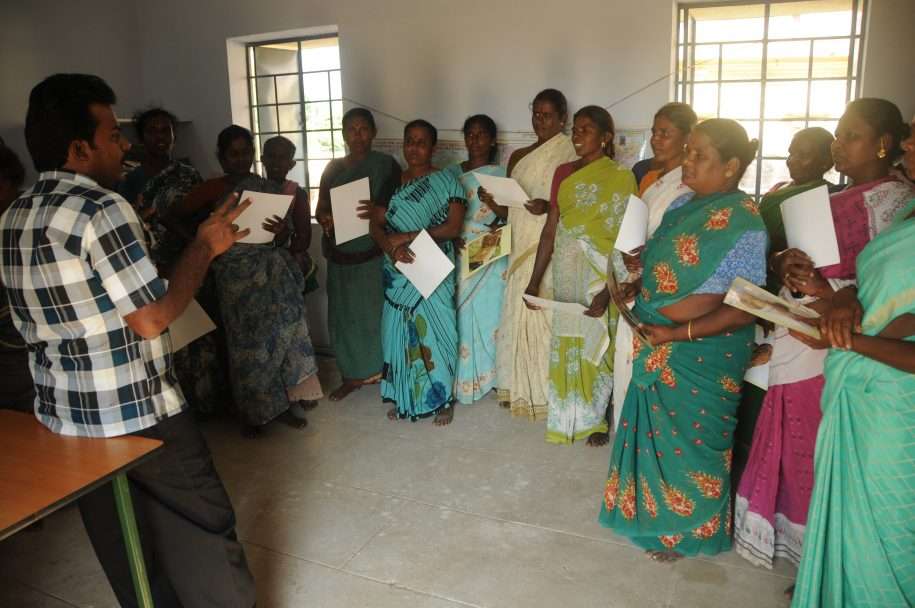The other impact of the inflow of commercial capital to the sector was the expansion of MFIs beyond the southern states. For instance, in 2005, 48% of all clients were concentrated in the state of Andhra Pradesh. At the end of FY 2009-10, MFIs were present in 436 of the 621 districts in India, including 70% of the poorest districts[4]. Access to capital led MFIs, both existing players and new entrants to begin operations in the North and North-east, in some of the poorest districts of India. MFIs also began expanding to states like Orissa, Bihar and Uttar Pradesh. Utkarsh Microfinance operating in eastern Uttar Pradesh and parts of Bihar is one such example of this expansion.
With banks resuming lending to the sector, albeit cautiously, a well-capitalised entity is likely to attract bank borrowings. Availability of long tenor hybrid capital would provide the necessary impetus for high quality originators to improve their creditworthiness and attract debt capital.

